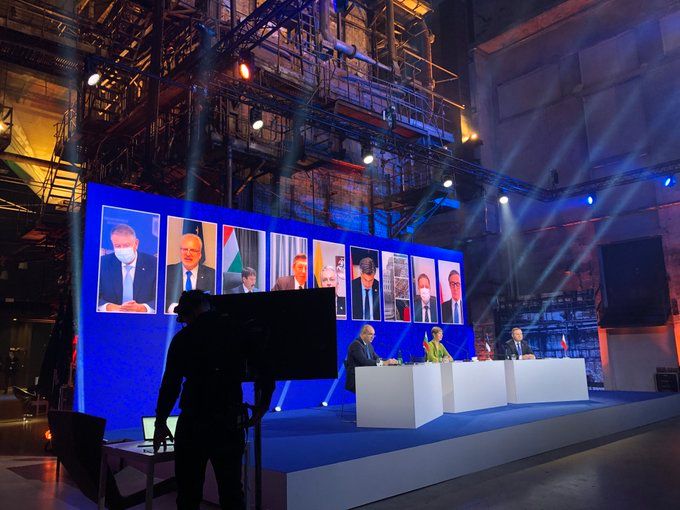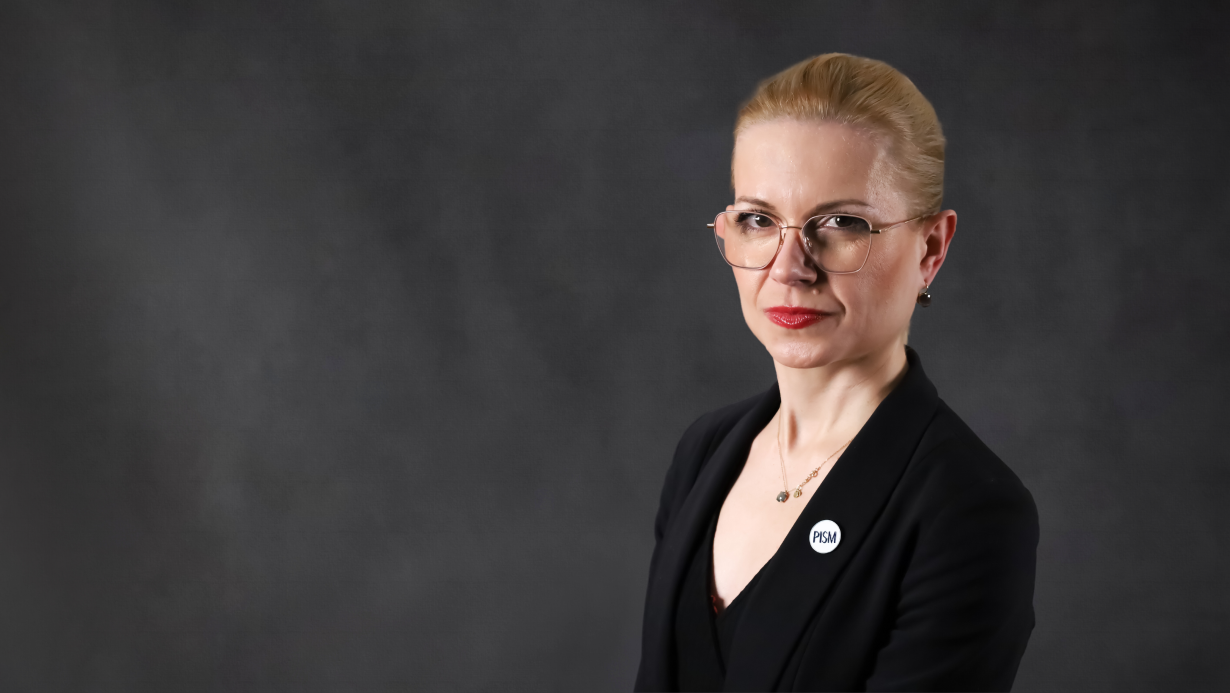The Three Seas Initiative Summit in Tallinn

Why was this year’s TSI Summit virtual?
The summit was scheduled for June but the pandemic forced Estonia to move it to the autumn and hold a mixed in-person and virtual formula. The presidents of Poland and Bulgaria (which will host next year’s summit) and a delegation from the U.S. State Department travelled to Tallinn while the presidents of the other TSI countries participated remotely. Again it did not include Hungary’s president, who two years earlier explained his lack of participation on mechanical problems with his plane, nor the Croatian president, who has criticised the legitimacy of the TSI. Because of the COVID-19 pandemic, the Business Forum was abandoned. Estonia counted on this year’s format to highlight digitisation, pointing to the untapped potential of TSI in this regard. This also explains the participation in the summit by European Commission Vice President Margrethe Vestager, who is responsible for these issues in the EU.
What are the summit’s main findings?
The summit’s greatest achievement is the U.S. declaration of financial support for the implementation of specific projects. At the meeting, the Americans confirmed not only their willingness to participate in the TSI Fund at a level of 30% of its total up to €1 billion but also their interest in nuclear energy and the development of 5G technology. This is intended to balance China’s ambitions in Europe. In turn, Vestager confirmed the complementarity of TSI with EU plans, for example, in building the single market and the green energy transformation. Moreover, the participants declared their willingness to cooperate with countries neighbouring the TSI region, including non-EU countries (e.g., Ukraine). This goal was presented by Polish President Andrzej Duda during a recent visit to Kyiv, and by other leaders.
What projects will be the priority given the pandemic and economic slowdown?
In response to the crises, Estonia introduced its Smart Connectivity concept, which aims to meet the demand for digitisation in priority sectors such as transport infrastructure and energy security, and intelligent solutions. This is to consist of, among others, the introduction of modern technologies in these industries to increase competitiveness and the business attractiveness of the region, as well as to favour the development of research and new technologies. Intelligent solutions are to be a remedy for the crises, in line with the assumption that digitisation will proceed even faster as a result. According to the U.S.-based McKinsey Global Institute report “Digital Challengers in the Next Normal”, in the first half of 2020 the digital economy of Central and Eastern Europe developed almost twice as fast as in previous years.
What is the future of the TSI?
Increased cooperation under TSI requires a greater political commitment from its members, which in turn could translate into more financial support. Maintaining U.S. interest will contribute to the development of the initiative. The announcements made so far in the U.S. presidential election campaign show that the American perception of TSI should not change significantly after the possible change of president. During Donald Trump’s presidency, the initiative enjoyed much support. Poland confirmed its commitment to TSI, increasing its contribution to its fund by €250 million (and remaining its largest stakeholder). The appointment of a plenipotentiary for the TSI within the Polish Ministry of Foreign Affairs strengthens the governmental dimension of Poland’s activities with respect to this initiative.


